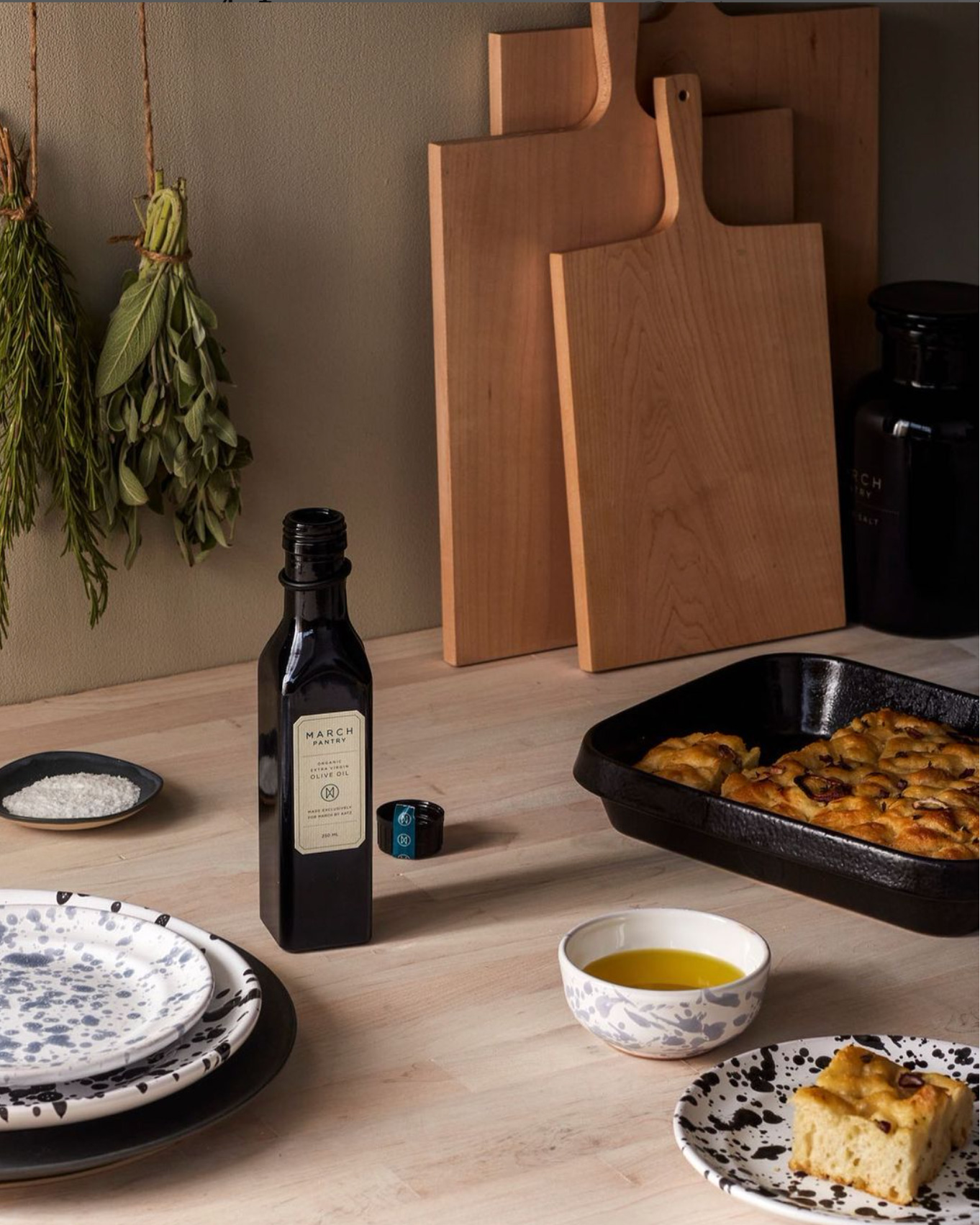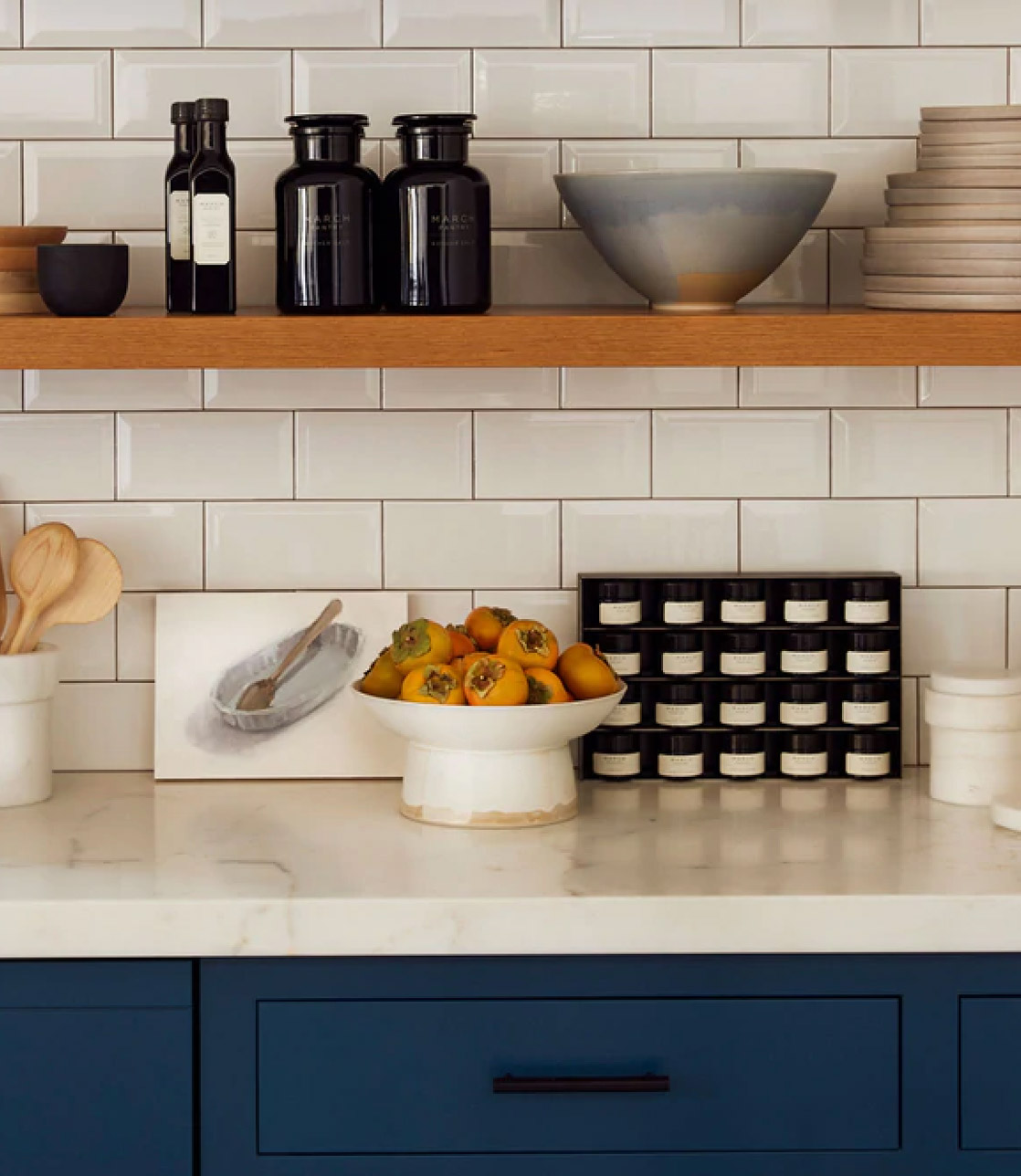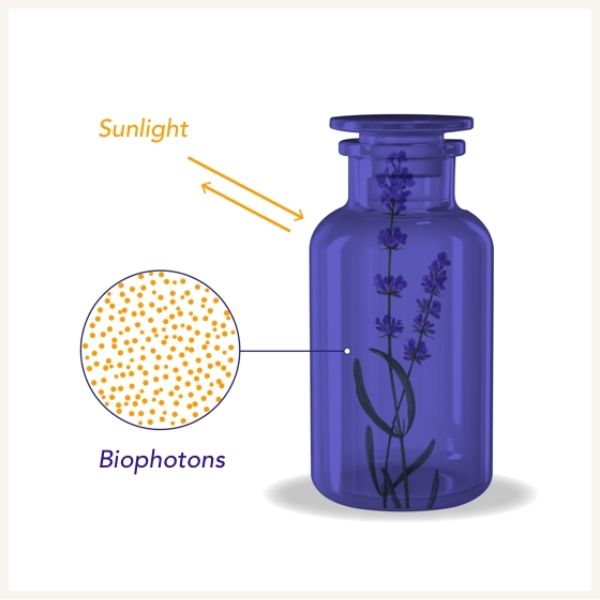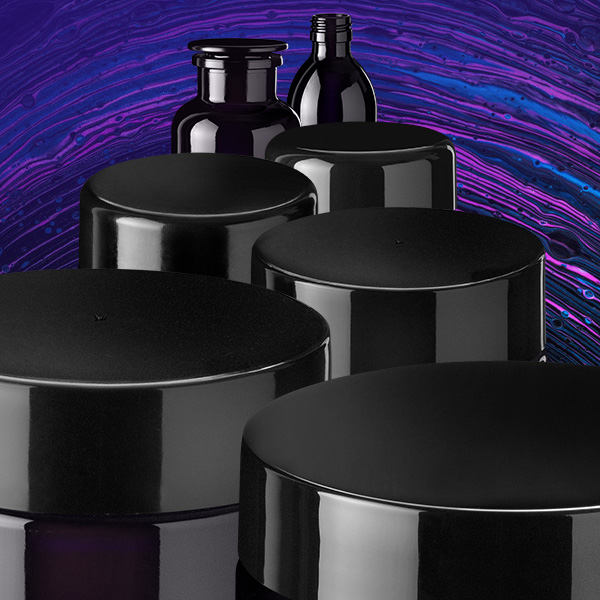Glass Packaging. A Great Idea 100 Years Ago, a Great Idea Today
100 years ago, glass packaging was the most popular form for storing and preserving foods, herbs, beverages and medicines. And glass packaging is becoming more and more popular again. Why? Because it’s 100% sustainable, 100% recyclable and doesn’t use any of Earth’s precious and scarce minerals. The ingredients: just plain old sand, limestone and soda ash, are natural and plentiful resources.

Photos by March Pantry
2022: The Year of Glass
This miraculous product is rightly celebrated this year, with the United Nations declaring 2022 as the International Year of Glass. Acknowledging the heritage and importance of glass in our lives.
Producing Thousands of Bottles Every Hour
There are periods in human history where we make giant leaps forward, the history of glass packaging and packaging in general is no different. During and after the First World War (1914-1918) there were a remarkable range of packaging innovations: cardboard boxes, metal cans, cellophane and molded glass. Up until the twentieth century, the manufacture of glass containers was by human hand. However, new technology, pushed on by the industrial revolution, led to the first machines for automatically manufacturing glass containers. These machines made it possible to mass produce glass bottles, allowing companies to create thousands of bottles every hour. These days, the modern version, using almost the same technology, can produce 800,000 bottles every day!
The Plastic Age and Lasting Legacy
Then, the Great Depression in the United States in 1930s. Again, another giant leap: the rise and rise of supermarket culture, self-service and consumerism. During this period, and after the Second World War, glass became less popular. This was the beginning of the “convenience” offered by single-use and throwaway packaging materials, with the discovery of aluminum foil, synthetics and plastics. The U.S. government invested massively, building an industrial infrastructure for this new sector. These innovations led to the discovery of PVC, nylon, Teflon, polystyrene, polyethylene, heralding the Plastic Age in the years to follow.
It's only in the last ten years that people have really started to realize the damage these products have caused and continue to cause. Not just in the oceans, but also the microplastics that end up in our bodies through eating fish and drinking tap water.
The New Age of Glass
Now, As we enter the Third Industrial Revolution, it’s again the age of glass. Advances in technology, including computing and mobile communication have transformed personal behavior and how we look at packaging. These days the general public can search online to find out how packaging has been produced. Scan QR codes to follow the full process in the whole supply chain. Look more critically at the packaging they use. And which packaging material scores best when it comes to a new and better world? Good old glass.
Glass Packaging Innovation
These days, there are many kinds of new glass packaging innovations. However, there is only one glass innovation that scientifically preserves natural products up to 30% longer than any other glass, plastic or aluminum packaging. MIRON’s violet glass is the ideal combination of science and nature. Resulting in a glass that preserves the contents, by absorbing the beneficial rays of sunlight (infrared and ultraviolet light), while deflecting the harmful rays (visible light).

The real beauty of MIRON’s glass is not just how practical it is, but also how aesthetically pleasing it is. After all, the choices we make are never purely rational, there are always the emotional factors. Does it look good? That is an important question. In this case, the answer is a most definite yes.

Related Reads

Discover Violet Glass
When you’re outside on a clear day, you'll see the sun. The golden glowing sun, the bringer of light, warmth and all life on Earth. All the plants, all the animals and of course, all of us. The sun gives life, but also radiates harmful rays that can dry out, damage, degrade and decay...

2022: Year of Glass
2022 has been officially named as the UN International Year of Glass. To celebrate the essential role glass plays in a sustainable society, touching almost every aspect in our daily lives. Highlighting the latest thinking and recent scientific and technical breakthroughs. An excellent year to ...
100% Natural Packaging
Glass is composed of naturally occurring ingredients as it consists of sand, soda, ash, and limestone. The fusion of these components results in one single material. The circular economy aims to extend the life cycle of materials and products with the ultimate goal to use it infinitely...
